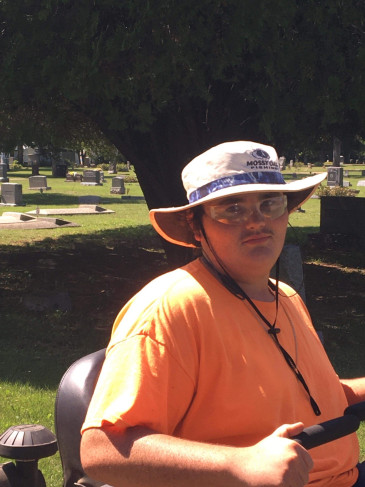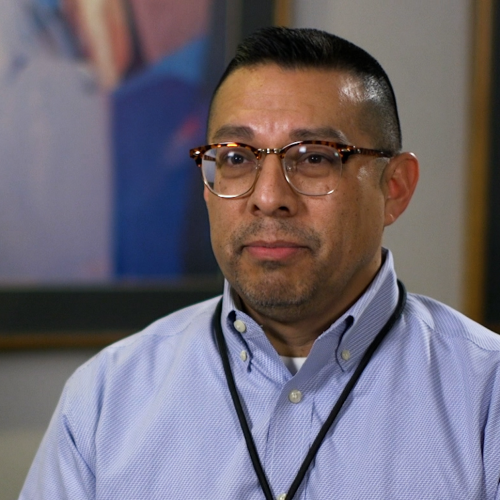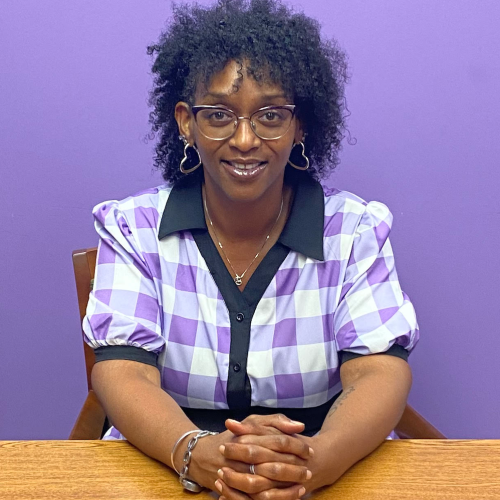
Trevor Tolman
Trevor Tolman
Cemetery Technician
After graduating from high school in 2020, I went straight to work in the fast food industry. I had been at my job several months when I began to think about what other options I might have. I knew I wanted to work outdoors, but I didn’t know where to go from there. Thankfully, I’m a participant in the Jobs for America’s Graduates-Kansas program.
Basically, JAG-K is a class that helps students prepare for life after graduation. It was very informative, covering in detail what to expect when the time came to join the workforce. We learned how to create resumes and cover letters, listened to speakers from local businesses and even collaborated with the Workforce Alliance of South Central Kansas, a Wichita-based organization that helps people find jobs.
One of the best things about JAG-K is that it continues to offer assistance after graduation. My former instructor, Mrs. Pray, sends out links for employment opportunities and provides great stability in the form of help with anything a person might need career-wise.
It was Mrs. Pray who helped me find my current job as a cemetery technician for the City of Augusta. I prepare graves and maintain the grounds throughout the cemetery. The benefits are very rewarding for the hard work I put in, and I finally have my outdoor job!
My only regret about JAG-K is that I didn’t start the program earlier. I first heard about it as a freshman, but didn’t get involved until my senior year. I’d recommend it to anyone, because it never hurts to be prepared for the next step.
My advice? A good work ethic will take you a long way. My goal is to get through life with minimal struggles. With hard work and a little help from my co-workers — and a great start thanks to JAG-K — I’ll be able to secure a stable career that will get me closer to reaching that goal.
JAG-K is a nonprofit state affiliate of the national Jobs for America’s Graduates program. Currently, JAG-K operates in 63 Kansas schools (52 high schools, three alternative high schools and eight middle schools) with hopes to someday reach them all. Read more about how the program is designed and the many ways it benefits our state’s students and graduates.




